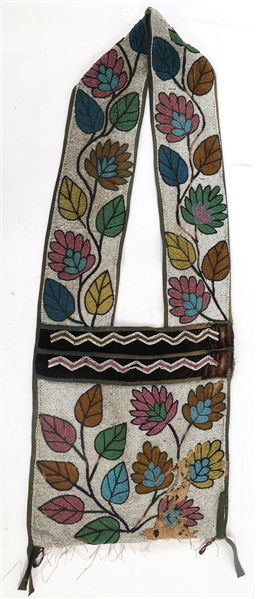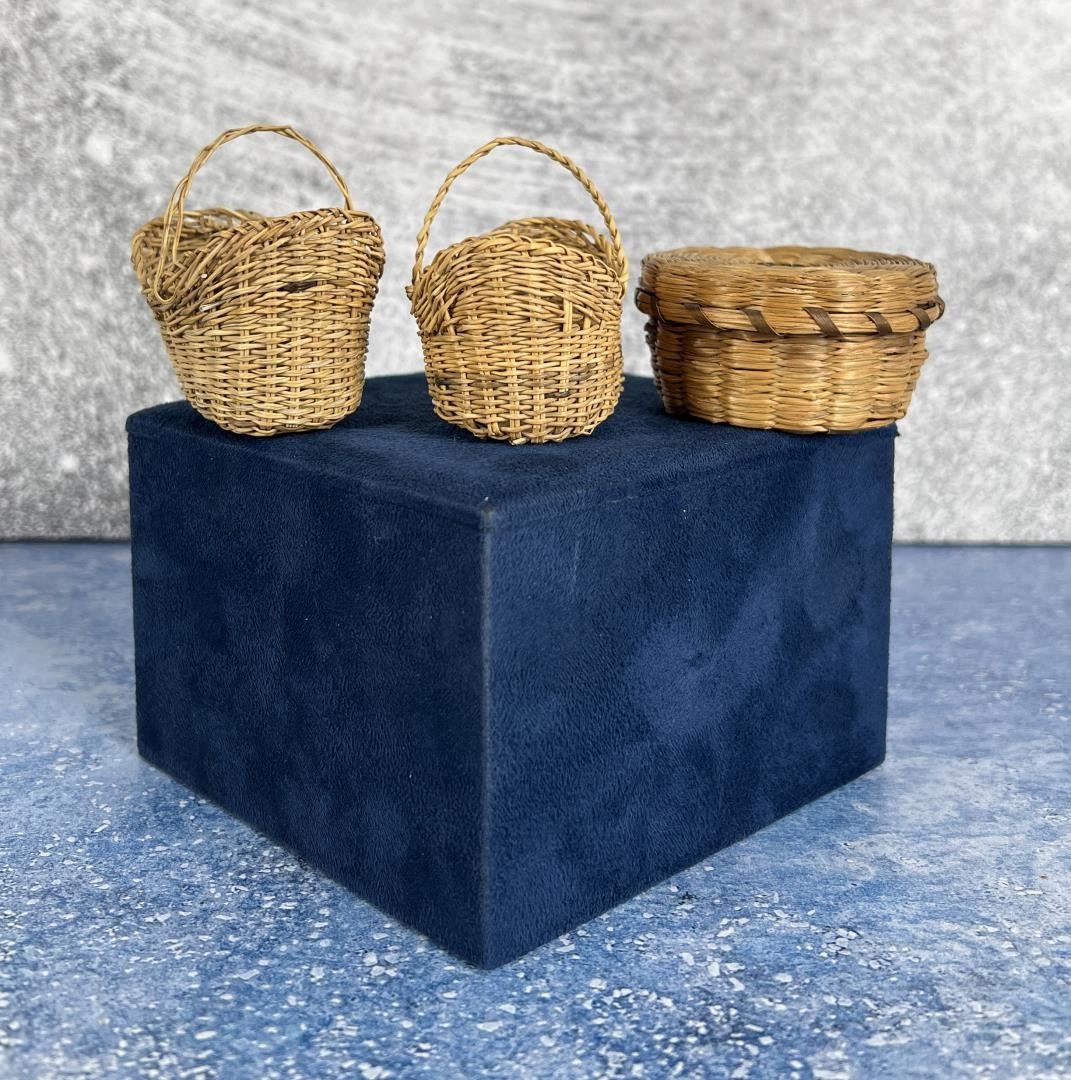
Echoes of the Past: An Immersive Journey into Northeastern Native American Village Sites
Forget the dusty textbooks and static museum displays for a moment. Imagine stepping onto ground where history isn’t just told, but vibrantly re-enacted, where the air hums with the echoes of ancient languages, and the scent of woodsmoke carries tales of resilience and ingenuity. For the discerning traveler seeking a profound connection with America’s true origins, a journey into Northeastern Native American historical village sites offers an unparalleled, immersive experience that reshapes understanding and ignites a deeper appreciation for Indigenous cultures. This isn’t just sightseeing; it’s time travel, a vital encounter with the living legacy of the continent’s first peoples.
The Northeastern United States, a region often synonymous with colonial beginnings and revolutionary spirit, holds a much older and richer narrative. Before the arrival of European settlers, this verdant landscape was a thriving tapestry of diverse Native American nations: the Wampanoag, Narragansett, Mohegan, Pequot, Iroquois (Haudenosaunee) Confederacy, Lenape, Abenaki, and many more. These communities developed sophisticated societies, intricate political structures, sustainable agricultural practices, and a profound spiritual connection to the land that defined their existence for millennia. Visiting their historical village sites, whether meticulously reconstructed living history museums or sacred archaeological preserves, offers a crucial window into this vibrant past, challenging simplistic narratives and revealing the enduring strength of these cultures.
One of the most compelling and comprehensive experiences can be found at sites like the Wampanoag Homesite at Plimoth Patuxet Museums (formerly Plimoth Plantation) in Massachusetts. This isn’t merely a replica; it’s a living, breathing testament to the ingenuity and resourcefulness of the Wampanoag people of the 17th century. From the moment you approach, the scent of woodsmoke from a central hearth draws you in, immediately transporting you across centuries. The village is meticulously reconstructed based on archaeological findings, historical documents, and, crucially, the oral traditions and knowledge of contemporary Wampanoag people.

Walking through the homesite, you’re greeted not by actors, but by Wampanoag staff dressed in historically accurate attire, speaking a mix of English and the Wampanoag language, Wôpanâak. These aren’t interpreters merely reciting facts; they are descendants of the very people whose lives are being depicted, sharing their heritage with an authenticity that is both educational and deeply moving. They are farmers, artisans, storytellers, and cultural ambassadors, providing insights that no textbook ever could.
The village itself is a masterclass in sustainable living and architectural brilliance. You’ll encounter several types of traditional dwellings: the iconic wetu (often mistakenly called a wigwam), a dome-shaped house made from saplings covered with woven mats or bark, designed for warmth in winter and coolness in summer. Larger communal structures, possibly for ceremonies or extended families, might also be present, showcasing the varied needs and social structures of the community. Inside a wetu, the atmosphere is surprisingly spacious and cozy, with furs, woven mats, and tools for daily life – clay pots, wooden bowls, and fishing nets – giving a tangible sense of domesticity. The staff explain the construction techniques, the materials used, and the seasonal adaptations.
Beyond the dwellings, the village landscape tells its own story. Fields of the "Three Sisters" – corn, beans, and squash – grow in symbiotic harmony, a testament to sophisticated agricultural knowledge that sustained communities for generations. Staff demonstrate traditional planting methods, explain the spiritual significance of these crops, and discuss the seasonal rhythms of harvest and preservation. You might witness the laborious process of hollowing out a dugout canoe (mishoon) from a single log, a feat of engineering and endurance. Or perhaps you’ll observe the intricate craft of weaving baskets from natural fibers, tanning deerskins, or preparing meals over an open fire, using ingredients sourced from the land and sea.
What makes this experience truly exceptional is the opportunity for direct interaction and dialogue. Visitors are encouraged to ask questions, engage in conversations, and learn directly from the Wampanoag people about their history, their daily lives, their beliefs, and their ongoing cultural revitalization efforts. This direct engagement challenges preconceptions and allows for a nuanced understanding of a people who have often been marginalized or misrepresented in mainstream history. You learn about their spiritual practices, their deep respect for the natural world, their governance, and their complex relationship with the early English colonists – a relationship that began with mutual dependence but quickly deteriorated into conflict and displacement.

While Plimoth Patuxet offers a vivid living history experience, other sites across the Northeast provide different, yet equally vital, perspectives. Archaeological sites, like some within the National Park Service’s purview or state parks, preserve the physical remnants of ancient villages, offering glimpses into pre-contact life through excavated foundations, tool fragments, and burial grounds. These sites often feature interpretive panels and trails that guide visitors through the landscapes where these communities once thrived, inviting contemplation and respect for the unseen past.
Further west in New York, the Ganondagan State Historic Site offers an immersive look into the rich culture and history of the Seneca Nation, a member of the powerful Haudenosaunee (Iroquois) Confederacy. Here, visitors can explore a full-size, furnished 17th-century bark longhouse – a remarkable structure that housed multiple families and symbolized the communal spirit of the Haudenosaunee. The interpretive center and trails at Ganondagan delve into Seneca governance, ceremonies, and their deep connection to the land, providing a powerful counter-narrative to colonial expansion.
The experience of visiting these sites is far more than a history lesson; it’s an act of cultural immersion and empathy. It forces you to confront the often-uncomfortable truths of American history, recognizing the devastating impact of colonization while simultaneously celebrating the incredible resilience and continuity of Indigenous cultures. You leave with a profound appreciation for the sophistication of these societies, their deep ecological wisdom, and their enduring presence in the modern world.
Tips for the Responsible Traveler:

- Do Your Research: Each site has a unique focus and story. Understand what to expect and what specific Indigenous nation’s history you will be learning about.
- Go with an Open Mind and Heart: Be prepared to listen, learn, and challenge your preconceived notions. These are not just tourist attractions; they are sacred and significant places.
- Engage Respectfully: When interacting with Indigenous staff or community members, approach with genuine curiosity and respect. Ask thoughtful questions and be attentive to their answers.
- Support Indigenous Initiatives: Many sites are run by or employ members of the descendant communities. Consider purchasing authentic Indigenous art, crafts, or books directly from the site or associated cultural centers to support their economic and cultural vitality.
- Check for Special Events: Many sites host cultural festivals, harvest celebrations, or educational workshops throughout the year, offering even richer insights into traditions like storytelling, dance, and music.
- Consider the Season: While many sites are open year-round, visiting during the spring, summer, or early fall often allows for outdoor demonstrations and a fuller appreciation of the agricultural landscapes.

In conclusion, a journey to Northeastern Native American historical village sites is an essential pilgrimage for any traveler seeking to understand the complete narrative of America. It’s a journey that transcends mere observation, inviting active participation in a living history. You’ll walk the paths of ancestors, feel the warmth of ancient hearths, and hear the voices of a resilient people who have shaped this land for millennia. It’s an unforgettable experience that not only educates but also inspires, fostering a deeper respect for the diverse cultures that continue to enrich our world. These villages are not just echoes of the past; they are vibrant testaments to an enduring legacy, waiting to be discovered and honored by those willing to listen and learn.


